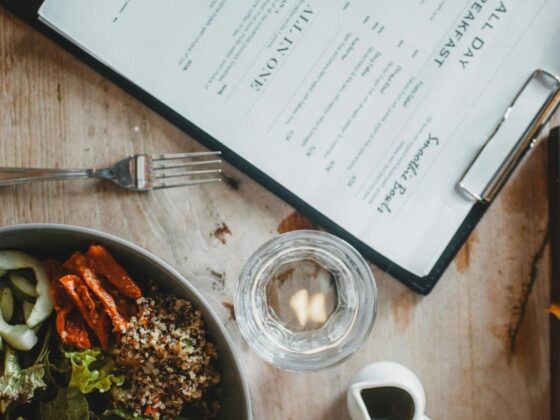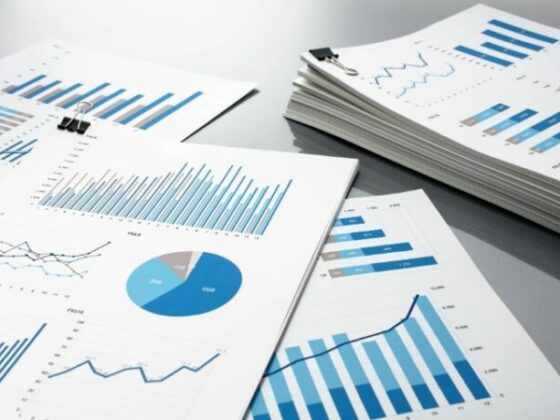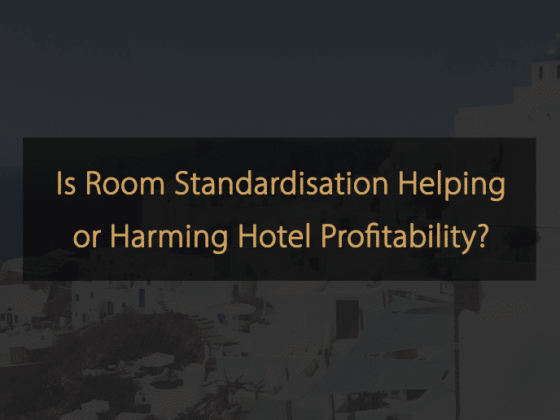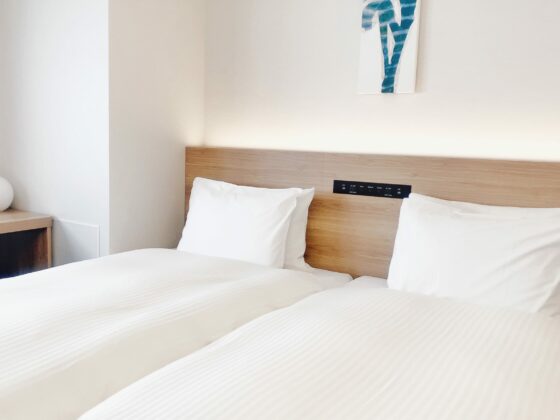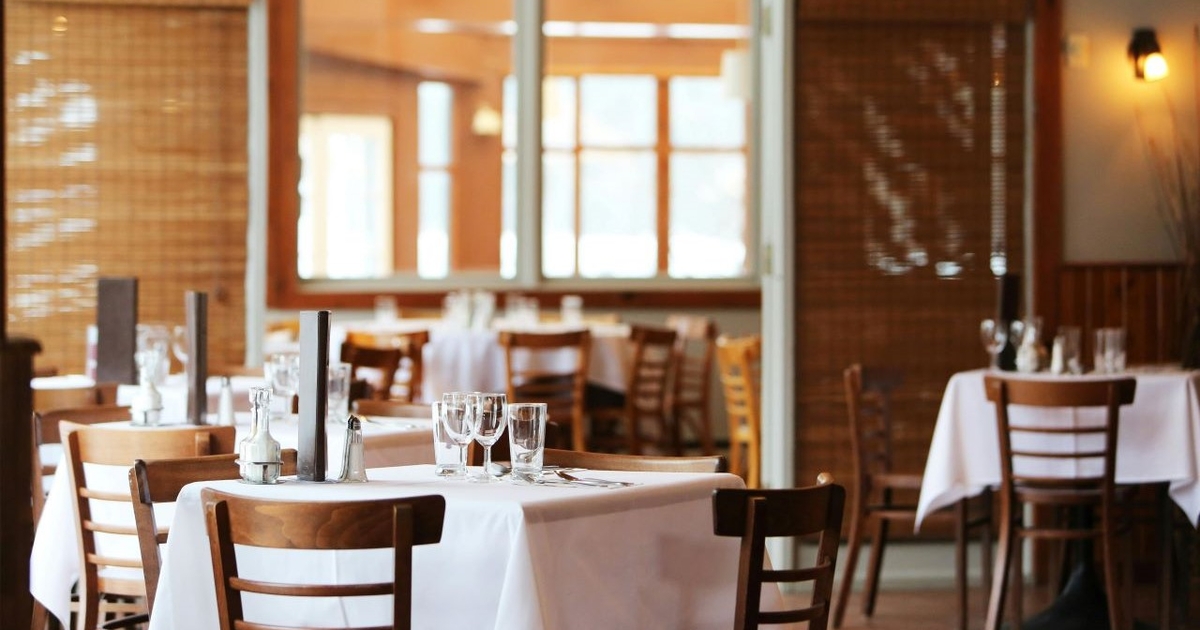
Relentlessly high menu prices coupled with macroeconomic pressures have been a major narrative for well over a year now, driving a decline in traffic and frequency across most restaurant segments. A new report from YouGov illustrates just how big the impact rising costs have had on consumers’ dining habits in recent months.
Simply put, 37% of American diners are eating out less frequently than they did a year ago. Among lower-income diners, this share rises to 44%. Just 8% of diners say they are eating out more than they were last year.
Driving this pullback is the higher cost of dining out, with 82% of Americans saying restaurant prices have increased in the past 12 months (the Consumer Price Index showed a 3.7% increase in menu prices in September 2025 versus September 2024). Further, less than one-third (28%) of diners believe prices are fair for the quality of meal they’re receiving.
Because of this trend, 54% of Americans have altered their dining preferences to cut expenses. Women (58%) are more likely than men (50%) to have changed their preferences, while Gen Z and millennial diners (57%) are also cutting back more than their older counterparts (52%).
Most consumers — 60% — are now choosing cheaper restaurants, while 53% of diners are now actively using discounts or coupons, 51% are ordering fewer items, and 42% are skipping drinks.
YouGov’s data shows that restaurants can win back some of these consumers by offering buy one, get one free offers, as 58% of diners said such BOGO promotions would incentivize them to eat out more often. This is followed by discounts (56%), loyalty points/rewards (33%), free appetizers/desserts (33%), and anniversary or birthday rewards (24%).
Notably, deals drive demand, but preferences shift by income. Lower-income diners (62%) overindex on BOGO incentives, for instance, while middle-income consumers peak on discounts (60%), and higher-income consumers skew toward happy hour deals (21%).
Loyalty points are consistent drivers across income demographics, as more than one-third of American diners have used a restaurant loyalty program. More opportunity exists for this channel, with 77% of all U.S. diners indicating that loyalty programs could incentivize them to visit restaurants more frequently. However, 44% of those diners said, “it depends on the offer.”
“Americans still enjoy dining out, but value has become the deciding factor shaping where and how they choose to eat,” YouGov American senior sales director Nora Hao said in a statement. “As costs continue to rise, consumers are becoming more selective — and restaurants that pair affordability with loyalty rewards, and smart digital engagement will come out ahead in 2025.”
YouGov’s U.S. dining out report is based on a survey of 1,500 adults.
Contact Alicia Kelso at [email protected]
Follow her on TikTok: @aliciakelso


